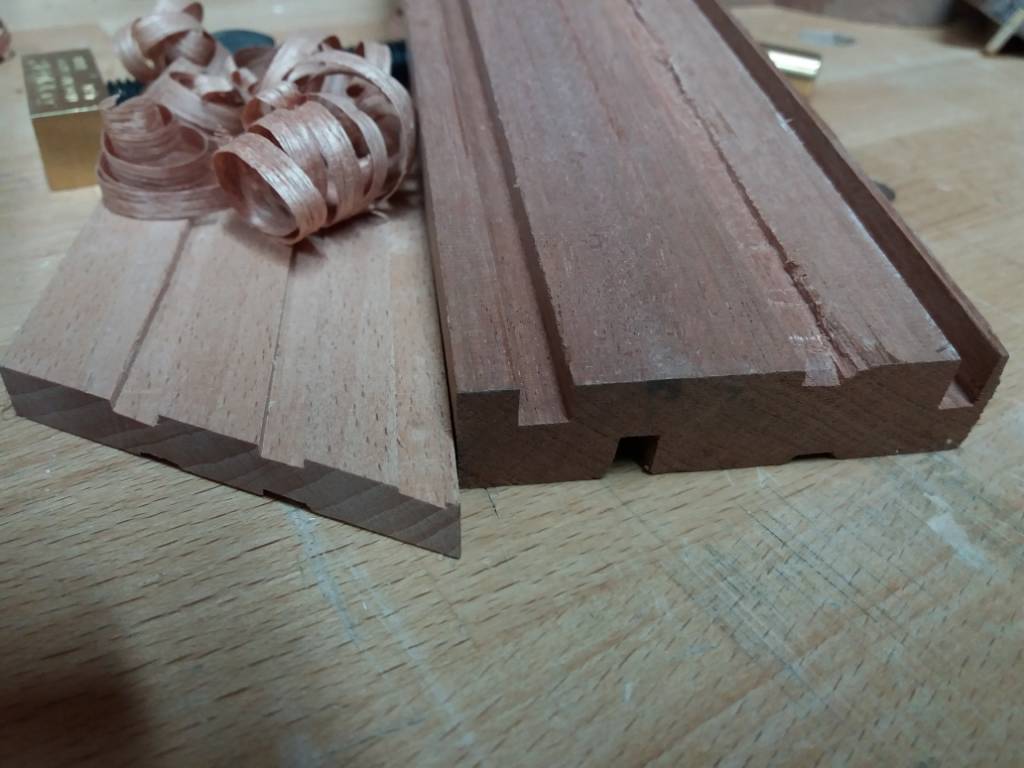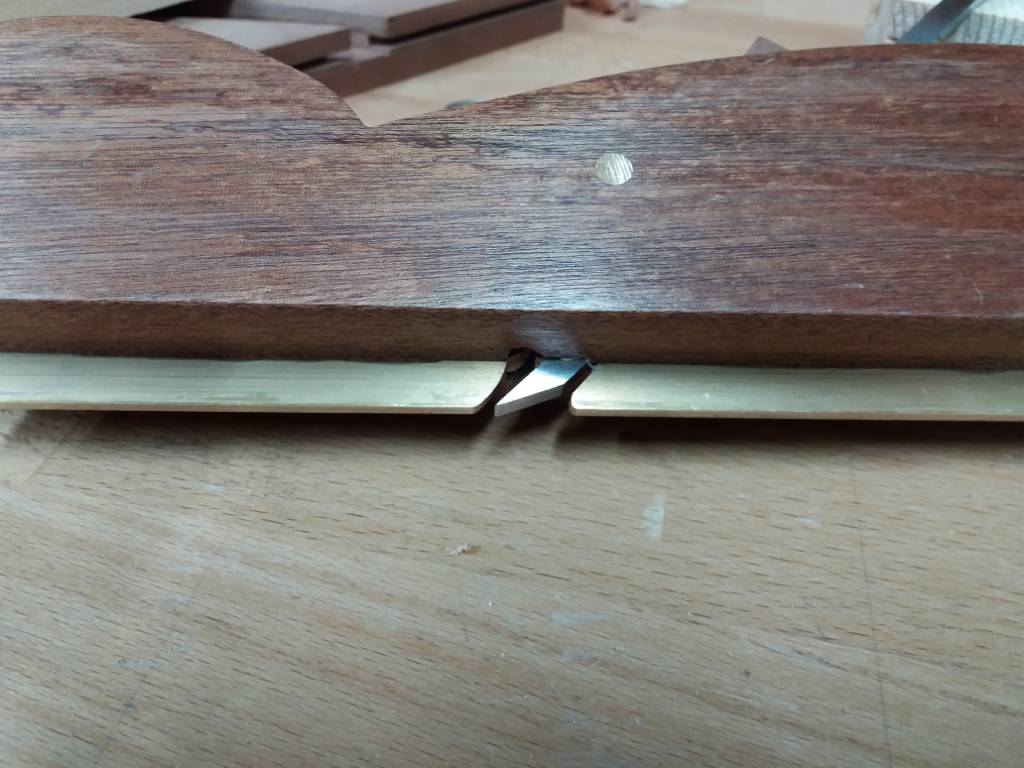transatlantic
Boom!
I've started making a small box in Beech and have just started making the grooves using my home made grooving plane. I'm having real trouble trying to push the plane through though. Im not quite sure what is going on. I can make grooves in Sapele with absolute ease, yet with the Beech its a nightmare. I've tried planing from both directions, but its no easier. Blade is sharp, and when it does cut, its very clean?? It just feels like you're trying to force through end grain. Whats going on?
Photo shows Beech on the left and Sapele on the right (Ignore that one really rough cut in the middle, that was something else).


Sent from my SM-J510FN using Tapatalk
Photo shows Beech on the left and Sapele on the right (Ignore that one really rough cut in the middle, that was something else).


Sent from my SM-J510FN using Tapatalk

































